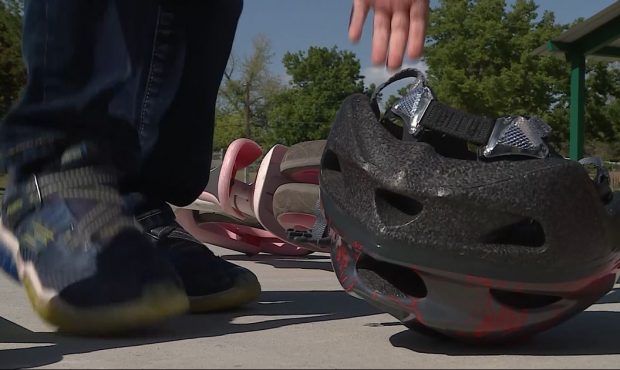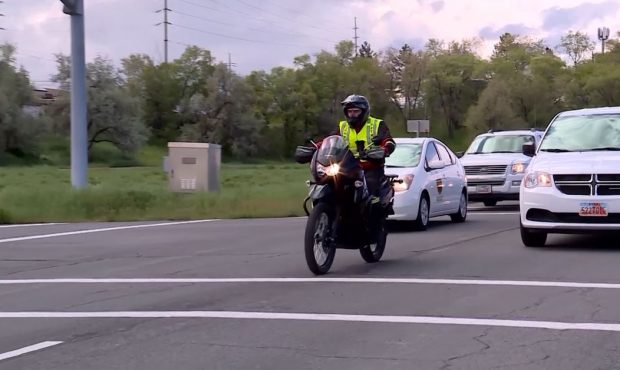Safe In 60: Trailer Safety Week
Jun 10, 2020, 8:56 AM | Updated: 8:58 am
SALT LAKE CITY, Utah – It’s that time of year when we see more vehicles pulling trailers, boats on the road. June 7-13th is Trailer Safety Week, and we will share some things that will help keep that trip safe for you and your family.
Pulling a trailer requires a whole new set of skills. Just hitching and unhitching requires crucial steps, and forgetting one can compromise safety.
Check tow rating of your vehicle and that your vehicle’s hitch rating meets or exceeds the GVWR (gross vehicle weight rating) of the trailer or load you are hauling. This includes the receiver hitch, the ball mount, and hitch assembly. In other words, make sure your vehicle, hitch and ball assembly can handle the weight of the trailer when it is fully loaded. You may need to attach a weight-distribution hitch depending on the size of your vehicle.
Now that you know you have the right set-up. We will break it down to the five most important things to ensure safety for the road.
- Tires and tire pressure
- Check the health of your tires, especially if your trailer has been stored for the winter. Make sure there aren’t any cracks or weathering.
- Check the inflation level. Underinflation is one of the leading causes of tire failure because of the damage it can cause to the sidewalls.
- Check lug nuts for correct torque
- Correctly attach the trailer to the tow vehicle.
- The trailer should sit snug on the tow ball, and secured with the trailer latch. Attach the safety pin.
- Chains should be crisscrossed between the trailer and tow vehicle with enough slack to make turns, but short enough they won’t drag.
- The break-away lanyard should be hooked to the vehicle but not to the chains or ball mount.
- When the trailer is fully loaded, it should sit about even with the tow vehicle.
- Weight distribution
- Check for proper weight distribution from left to right and front to back. About 60% of the load should sit toward the front of the trailer. This will ensure that the tongue weight of the trailer hitch is about 10% of the total weight. The rule of thumb is no more than 10-15%. Negative tongue weight can be more dangerous than excessive tongue weight, for it can cause loss of control. Never put more weight toward the back of the trailer.
- Secure the load so that it doesn’t shift during transport
- Use straps that are strong enough to hold the load. Secure the ends so they are not flying around during transport.
- Do a 360 walk around to make sure all running lights, taillights, brake lights, turn signals, and hazard lights are working.
Keep up with regular maintenance, including hubs, and bearings, brakes, suspension and electrical system.












